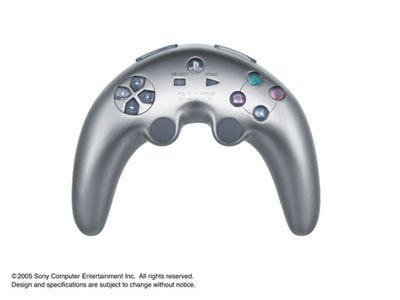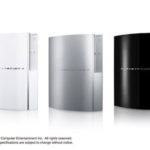
13 May 2008
DISH Network’s profits rise despite drop in subscriptions
DISH Network’s first-quarter net income rose 65% even though new subscriber growth of its satellite television service plunged on the languishing economy and stiffer competition.
In a Securities and Exchange Commission filing, the US company also cited satellite launch delays and problems within its operations as factors that dampened growth.
The results came as DISH, the US’s second-largest satellite television provider, said it was bolstering its HDTV service with an extra 22 national HD channels.
On making the announcement, the satcaster said the additions had boosted its total HD line-up to over 95 channels.
But almost immediately it moved to axe 10 of its 15 Voom High-definition programming package, taking the actual figure to around the mid-80s.
Eric Sahl, senior vice president of Programming for DISH Network, said: “We are excited to extend our competitiveness in HD by enhancing our already comprehensive HD lineup with these 22 channels, bringing our total HD lineup to over 95 channels.
“These launches, along with other recent additions such as the New England Sports Network (NESN) HD, reinforce our commitment to offer the best in entertainment.”
The programming changes coincided with the release of figures showing a sharp decline in the network’s subscriber additions in Q1 of 2008, down 90% from the previous year.
Dish experienced low uptake figures for Q1 – 35,000 compared with 310,000 the previous year – taking total subscribers to 13.8 million,
“Subscriber growth has been affected by worsening economic conditions, including the slowdown in new housing starts as well as by operational inefficiencies at Dish Network, signal piracy and other forms of fraud,” Dish Network said in its filing.
But it still managed to report higher quarterly profit thanks to lower expenses following the spin-off of set-top box business EchoStar.
Craig Moffett, analyst at Sanford Bernstein, said the subscribers gained by other carriers during the quarter “clearly” came from DISH.
The company itself admitted that “gross net additions were likely to continue to be negatively impacted by competitive factors”, such as the expansion of FIOS TV.
A press statement was not issued on the satcaster’s decision to drop 10 Voom channels but Dish’s web site and programming lineup now lists just five Voom HD channels: Monsters, Rush, Equator, Kung Fu, and Rave.
And on Dish’s channel 9472, the following statement appears: “As of result of these additions (20 new HD channels), we removed some channels that are less popular with our customers. These channels are not available with any other satellite provider.”
The decision to reduce the number of Voom channels was not unexpected.
The Supreme Court of New York last month denied Voom’s request for a preliminary injunction to block Dish Network from terminating its agreement to carry all 15 high-def channels.
The satcaster informed Voom last year that it would move the 15 HD channels to a less watched programming tier.
Voom objected to the plan, saying it would reduce its programming fees and jeopardise its business.
Following a series of negotiations, Dish informed the programmer that it planned to terminate the agreement entirely, which led to the court battle.





